BONDING OVER BONDAGE
Research Areas: 
 The experiment
The experiment
For this experiment, youll need something to bind your ankles to those of your partner. You can use rope, duct tape, fuzzy handcuffs, or whatever you have on hand.
But before you do that, grab two sheets of paper and separately answer the following four questions about your relationship. For each question, youll answer on a scale from 1 (lowest possible) to 10 (highest possible):
In general, how satisfied are you with your relationship? _____
How good is your relationship compared to most? _____
To what extent has your relationship met your original expectations? _____
How well does your partner meet your needs? _____
Now its time to get to the heart of the experiment: the physical challenge. With your ankles bound together and with each partner holding the others hands the whole time, your job is to carry a pillow between your bodies from one side of the bedroom to the other, climbing over your bed in the process. Youll need to do this not just once but three times. See if you can complete the task in less than sixty seconds!
Once youve finished and unshackled yourselves, its time to return to your sheets of paper and separately answer four more questions about your relationship. For each question, answer on a scale from 1 (very infrequently) to 10 (very frequently):
How often do you feel emotionally connected to your partner? _____
How often do you get on each others nerves? _____
How often do you confide in your mate? _____
How often do you laugh together? _____
 The hypothesis
The hypothesis
You are likely to give your relationship higher marks in the second set of questions than in the first.
 The research
The research
As part of a 2000 study, couples were asked to complete a relationship satisfaction survey, and then they were randomly assigned to one of two groups. The first group performed a mundane physical activity (slowly rolling a ball across the room while on their hands and knees). The second group performed a task designed to have several novel elements and to require more physical effort (transporting a pillow across the room while their hands and feet were bound together, and climbing over a gym mat in the process). After completing the physical activity, all of the couples then completed another relationship satisfaction survey.
The researchers found that couples who participated in the novel task showed an increase in relationship satisfaction compared with those who participated in the mundane task, based on comparison of the pre- and post-activity questionnaires.
The fact that an increase in reported relationship satisfaction could be brought about by such an activity surprised the studys authors, who noted that there were strong reasons to expect either no effect (because of the brevity of the activity) or even a negative effect (perhaps brought about by seeing your partner behave awkwardly while trying to shuttle a pillow around the room while bound to you).
Nevertheless, the researchers were pleased that the activity instead led to an increase in relationship satisfaction, because participating in novel, energetic activities is something that most couples can fit into their marriage.
 The takeaway
The takeaway
Think back to the first few weeks of your relationship. You likely had frequent, intense conversations, and you might have experienced a level of infatuation that led to physical arousal just by being around the other person. You loved learning new things about them, discovering what you have in common, and the feeling of a deepening relationship. To borrow a term from the study, you were expanding your selves by allowing your partners story to become a part of your story, and there tends to be a positive feeling associated with that expansion.
As newlyweds, youre probably still experiencing a sense of newness and wonder. But as the honeymoon period wears off and you come to know your partner better and better, the opportunities for expanding your selves through self-disclosure become less frequent.
Yet as the results of this study reveal, making an effort to experience new things with your partner, particularly those that involve getting your bodies moving, appears to be a way to expand your selves anew, or at least to produce the same positive feelings afterward.
So make a plan to regularly try new physical activities, or to put a new spin on some of your old favorites. Book a session at a rock-climbing wall. Play a game of Kabaddi. Or figure out some other novel thing to do with those fuzzy handcuffs.
WISHFUL SEEING
Research Areas: 
 The experiment
The experiment
For this experiment, youll need a beanbag or some other small object that will not bounce when tossed. Youll also need to agree on a desirable prize, like a restaurant gift card or a TV remote (representing control of the TV for a week), and a prize thats essentially worthless, like a piece of tape or some junk mail. Now, flip a coin to determine who gets to try to win the desirable prize and who gets to try to win the worthless prize.
In separate attempts, place the prize on one side of a large room or hallway and then position yourselves at the other end. Your goal is to toss the beanbag toward the prize. Whoever gets closest to their respective prize is the winner of the game and receives that prize.
Tweak it
Try aiming for the targets again, but this time, try to hit them rather than just come close to them. Do your results change?
 The hypothesis
The hypothesis
When the goal is to get nearest to the target, the person who is competing for the desirable prize will undershoot the target, while the person who is competing for the worthless prize will not. When the goal is to hit the target, however, neither partner is likely to undershoot.
 The research
The research
In multiple studies involving beanbag tossing toward valuable and worthless objects, various researchers observed that the people in the valuable condition tend to underthrow compared with people in the worthless condition.
In 2009, the authors of one such study came up with an interesting theory about the effect. They suggested that the value of an object influences our perception of how close the object is to us. If thats true, then desirable objects would be perceived as closer than they actually are, which explains the underthrowing.
But that hypothesis was met with some skepticism, and other researchers set out to come up with alternative explanations for the phenomenon. A 2011 study suggested multiple other reasons for the phenomenon. For example, the people in the valuable condition might feel increased pressure to hit the target compared with those in the worthless condition, and that might cause them to throw inaccurately. The researchers tested that theory by offering some people a practice toss before the real thing, under the assumption that the pressure would be lower during the practice toss. But even in practice tosses, they observed the undershooting.

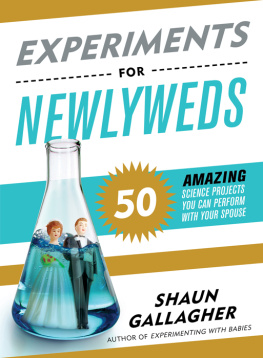
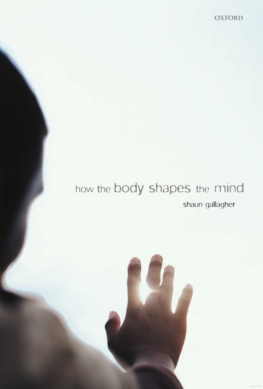


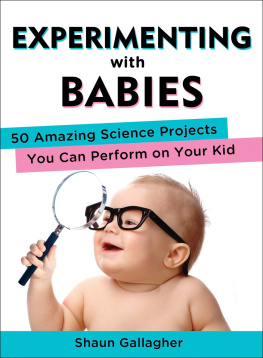

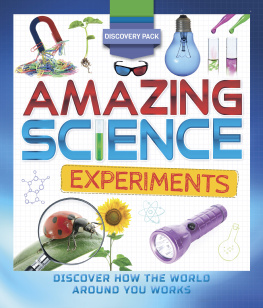



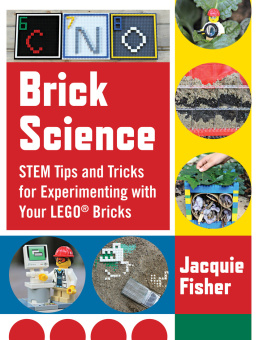

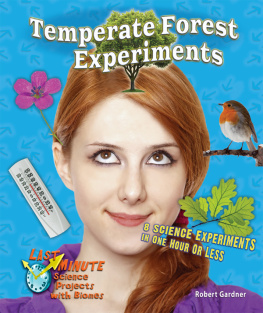

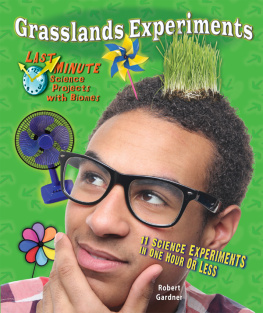


 The experiment
The experiment
 The hypothesis
The hypothesis The research
The research The takeaway
The takeaway